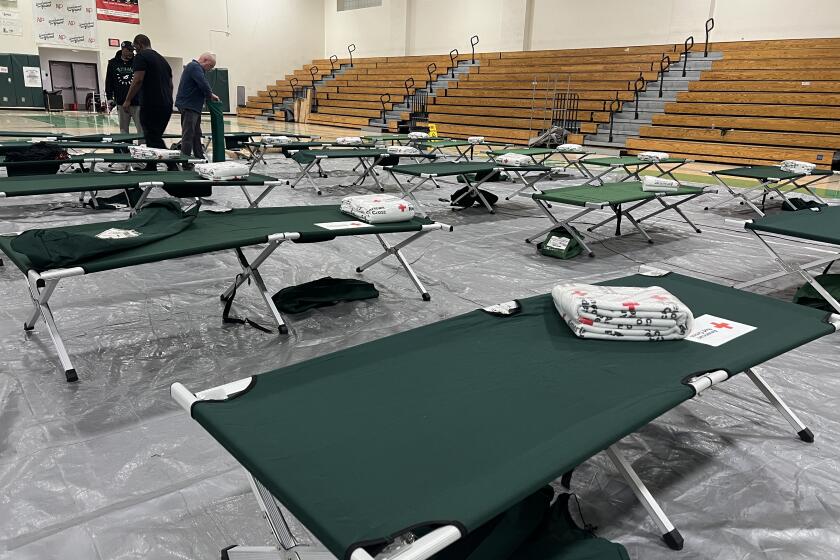Aliens? Nope. But NASA’s big news is still fascinating
When the
Sorry, world. No aliens. But the new discovery may be the next best thing.
Seven Earth-sized worlds about 40 light years away — known together as TRAPPIST-1 — have been found. The planets orbit around a star and three of them are considered to be in the “habitable” zone.
The discovery is a big deal for several reasons. It’s the first time so many planets with these characteristics have been found around the same star. Also, they’re rocky and could potentially have liquid water on them.
This is the big one: The system is close enough to Earth for astronomers to study them extensively.
“This system is going to be one of the best laboratories we have for understanding the evolution of small planets,” says Zachory Berta-Thompson, an astronomer at the University of Colorado at Boulder.
To all those alien hunters out there, we’ve also got this from a CNN interview with University of Cambridge astronomer Amaury Triad:
"I think we've made a crucial step towards finding if there is life out there. I don't think any time before we had the right planets to discover and find out if there was (life). Here, if life managed to thrive and releases gases similar to what we have on Earth, we will know."
Obviously, people were losing their minds about this on social media.
A few last big details from NASA and the team that discovered TRAPPIST-1:
The star these planets orbit around is 12 times less massive than the sun but still a bit larger than Jupiter.
Because of the distance of the planets to their star, and the temperature of the star, it’s clear to researchers that these planets receive an amount of light that is similar to many of the planets in the Solar system, from Mercury to beyond Mars.
The name comes from The Transiting Planets and Planetesimals Small Telescope (TRAPPIST) in Chile, which helped discover three of the planets in the system.
For more information, check out this cool new website: trappist.one.
Email: abby.hamblin@sduniontribune.com
Twitter: @abbyhamblin






